Zoroastrians of Iran:An Ancient Legacy and Cultural Influence
Zoroastrians of Iran
Zoroastrians are one of the religious minorities living in Iran, which have a very old history in this land, and many Iranian rituals are derived from or influenced by Zoroastrianism. Currently, Zoroastrians live in several cities in Iran, including Yazd, Tehran, Kerman, Shiraz, Isfahan, Karaj and Zahedan.
History of Zoroastrian religion
The history of Zoroastrian religion forms an important part of Iran’s history, Zoroaster is an Iranian prophet who appeared in the books next to the Chichest lake, a group of people consider Chichest lake to be the Urmia lake, but Zoroaster later migrated to the east of Iran. river and offers his religion there. Zoroastrians believe that Ashura Zoroaster was born 3700 years ago. In the Shahnameh, Zoroaster is a contemporary with Shah Ghstasab. After Zoroaster, this religion spread in Iran, and during the Sassanid era, this religion was chosen as the official religion of the country. Although Zoroastrians in Iran have decreased in recent centuries, especially with the rise of the Safavids, they still remain in their homeland.
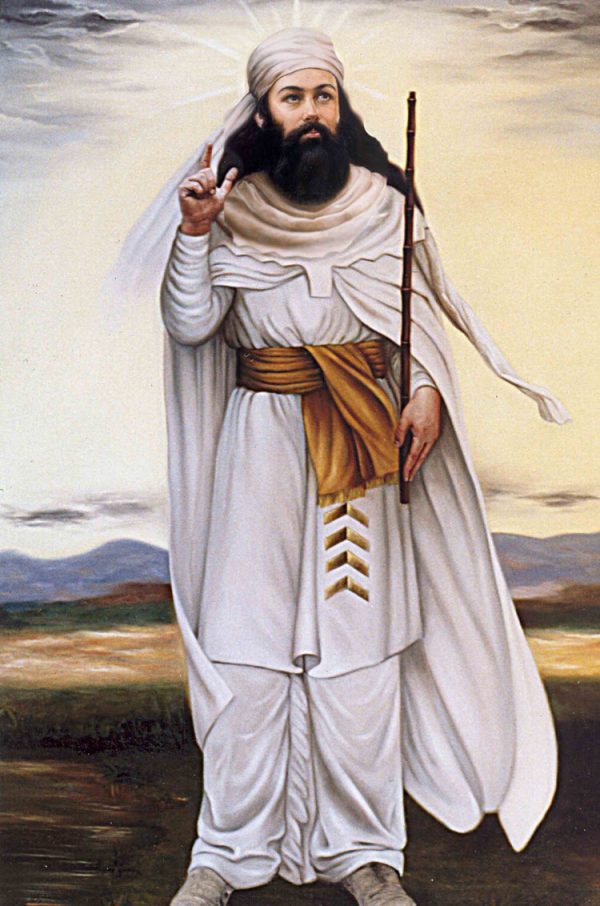
Zoroastrian book
The Zoroastrians’ collection of religious books is called the Avesta. The Avesta was completed over the centuries and millennia by the Mobdans. A part of this great book is called the Gathas, which Zoroastrians believe is a collection of hymns written by Ashura Zoroastrian. Also, the priests gathered some of the most commonly used Avesta prayers in a book called Avesta Fragments.
Creation of the world according to Avesta
The creation of the world in Zoroastrian religion was done in six days, but it was not done in one week like in Jewish religion, but these six days were in one year. On May 15, the sky was created. Water appeared on July 15. Earth was created on 30 September. The plant appeared on 30 Mehr. On January 20, animals appeared. He was born on the last day of the leap year. Each of these days has a five-day celebration for itself, and the day of creation is the last day of the celebration. Human creation has a ten-day celebration, five of which are in Esfand and the rest in Farvardin. It is during this festival that the angels come from the sky to the earth to find out about the condition of the survivors of the dead.
At the beginning of creation, the sun, moon and stars were fixed. Water and plants were still. It is from the rays of the pure ones that the stars moved and took their path, the water flowed and the plants flourished.
Zoroastrian prayer
Zoroastrians in Iran pray 5 times a day, Zoroastrians pray facing the light, and during the prayer, which is done standing and with raised hands, they recite parts of the Avesta and untie a belt called Keshti with special rituals. and close it again. Zoroastrians always wear a sedre and a keshti after holding a sedre ceremony, a sedre is a white dress and a kesht is a belt woven from spinning 72 threads. Sedre Pushi festival is also a ceremony in which a person accepts the Zoroastrian religion and becomes a Zoroastrian at his own discretion with the presence of Mubad and in a magnificent celebration. This celebration is usually held before the age of 15.

Ahouramazda
Ahuramazda is the only god of ancient Iranians and Zoroastrians. According to Zoroastrians, he is the only god who creates existence and gives blessings. It is Ahuramazda who takes man to heaven or hell because of his deeds. In the Avestan calendar of the ancient Iranians, the first day of each month is named after Ahura Mazda. Throughout the Ghats, Ahura Mazda is the only powerful, creative and all-knowing god for Zoroaster, who is at the highest point of the sky. This god is mentioned in male literature.
The star of Jupiter is attributed to Ahura Mazda. Ahuramazda is the first unified god in history. Before him, man was not able to accept the belief that a God can do all the works of nature. Ahuramazda is a combination of the Indo-Iranian word Ahura and the Avestan Mazda meaning the wise lord. This compound name, which is written as Ahuramzda in the Avesta, has been changed to Ahurmazd, Hormuzd, and Hormuz in the Pahlavi texts.
Before the Achaemenid era, one cannot find traces of Yazdonology and Iranian beliefs except in the myths and stories of the Pishdadians and Kayans. Although the Yashts are a part of the late Avesta, due to their mythological structure, they are one of the richest sources of ancient Iranian Yazdonology before Zoroaster. Yashta is a rich source of politeness in the north and northeast of Iran.
Ahuramazda in Achaemenid petroglyphs
Achaemenid petroglyphs are the oldest documents in which we often find the name of Ahura Mazda. We do not know anything about Koresh’s faith in Ahura Mazda. In his cylinder tablet in the Babylonian language, he mentioned the Babylonian god Marduk as the greatest god. Of course, the reason may be the presence of this tablet in Babylon among the people of that region. There is no writing from Cambodia either. There are also doubts about the authenticity of Arsham and Arya Ramneh tablets. Therefore, the oldest written work that mentions Ahura Mazda is the petroglyph of Darius in Biston.
Since this date, the successors of Darius have abundantly mentioned the name of Ahura Mazda as their god. Besides believing that Ahuramazda created the earth, the Achaemenians also said that he chooses the king, and in this way they gave a sacred color to their monarchy.
Names of Ahura Mazda
Ahuramazda has more than seventy names in the Avesta
The source of knowledge and awareness – the giver of flocks and herds – the mighty – the best truth – the source of blessings – wisdom – the wise – knowledge – the wise – the most powerful – far from the reach of the enemy – invincible – the one who remembers the reward – the guardian – the cure Bakhsh – creator – Mazda – creator and guardian – knower and most holy Mino – very wise – remedy Bakhsh-leader – the best leader – Ashun – Ashun the most enlightened – the most enlightened – the most sighted – the most sighted – the camera – the most sighted – the back And shelter-knowing-nurturer-shahriyar judge-non-detractor-undefeatable-conquering-defeat-creator-the only one-forgiving of all horrors-bestower of all goodness-forgiving-self-willing benefactor-beneficial-powerful-great-graceful Shahriari and and and and
But among all these names and attributes, Zoroaster chose Mazda as his only god
Ahura Mazda in the Sasanian era
The Sasanian dynasty was founded under the rule of religious people and they worshiped Ahura Mazda. This tradition was common in Persia since the Achaemenid period. The Sassanians believed that the kings were the offspring of the gods. The Sassanid Ahura Mazda is completely different from the Ghats’ Ahura Mazda. In the Sasanian petroglyphs, the kings take the royal ring from Ahura Mazda, and Ahura Mazda becomes a man standing in front of the king, and in this way, Ahura Mazda, who had a symbolic design during the Achaemenid period, became a man at this time. The royal crown is in Ahuramazda’s right hand and the holy symbol is in his left hand, and he has raised his right hand to present the crown to the king.
Zoroastrian rituals
Zoroastrian religion is associated with many festivals, many of these festivals have been celebrated by non-Zoroastrian Iranians over the centuries and are still celebrated, for this reason, the influence of Zoroastrianism on Iranian culture cannot be denied, and many cases can be He found that it is rooted in Zoroastrian beliefs. There are still examples of celebrating the century among Iranians in Iran. Nowruz and traditions close to it such as Chaharbansuri and Sefere Haft Sin still form the biggest celebration of Iranians, even in Iranian mourning, symbols of Iranian myths such as Sivash can be seen.
Among the most important Zoroastrian festivals, we can mention Nowruz, Ashuzartasht birth festival, Gahanbarha, Sade festival, and Mehrgan, Tirgan and Esfandangan can be mentioned as well-known festivals.

Where do Zoroastrians live?
In Iran, over the centuries after the Arab invasion, the Zoroastrians were gradually pushed to the desert and central cities of Iran, especially Yazd and Kerman, so that about 100 years ago, what remained of the Zoroastrians in Iran lived in these two provinces. But little by little in the past decades, migration among Zoroastrians took place, and today, considering that a large group of Iranian Zoroastrians have left the country, besides Yazd and Kerman, the largest number of Iranian Zoroastrians live in Tehran, as well as in the cities of Karaj, Shiraz, and Isfahan. , Zahedan and Ahvaz also host Zoroastrians.
Zoroastrians of Yazd
Currently, the majority of Zoroastrians in Iran are of Yazdi origin, until a few decades ago, many villages and neighborhoods of Yazd province hosted a large group of Zoroastrians, so that at the beginning of the 14th century, when Zoroastrians began to build today’s modern schools, more than 40 They establish schools in different villages, cities and neighborhoods. Yazd, Ardakan, Taft and Meibod are among the most important centers of Zoroastrians in Yazd province. Many villages around these cities have also hosted Zoroastrians.
Zoroastrian tourist places
A significant part of the buildings left from the pre-Islamic era in Iran are actually Zoroastrian relics, but in this speech, we mention that the tourist buildings that are at the disposal of the Iranian Zoroastrian community.
The most famous of which are: Yazd fire temple, Yazd-Pirsabz crypt or Chek Chek, Zoroastrian History and Culture Museum, of course Zoroastrians in Iran have holy places in other cities, some of which are open to tourists, such as Tehran Fire Temple, Museum of Anthropology and Kerman fire temple and Isfahan fire temple. Indeed, there are other Zoroastrian monuments in Yazd province that are less known and usually tourists are not allowed to visit these places.


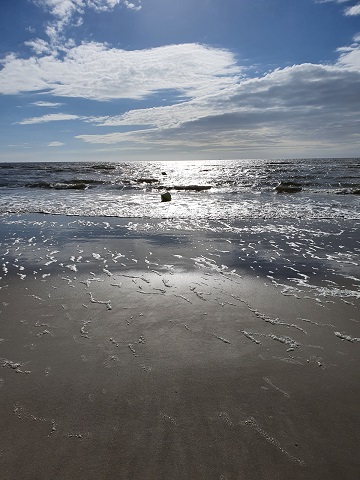


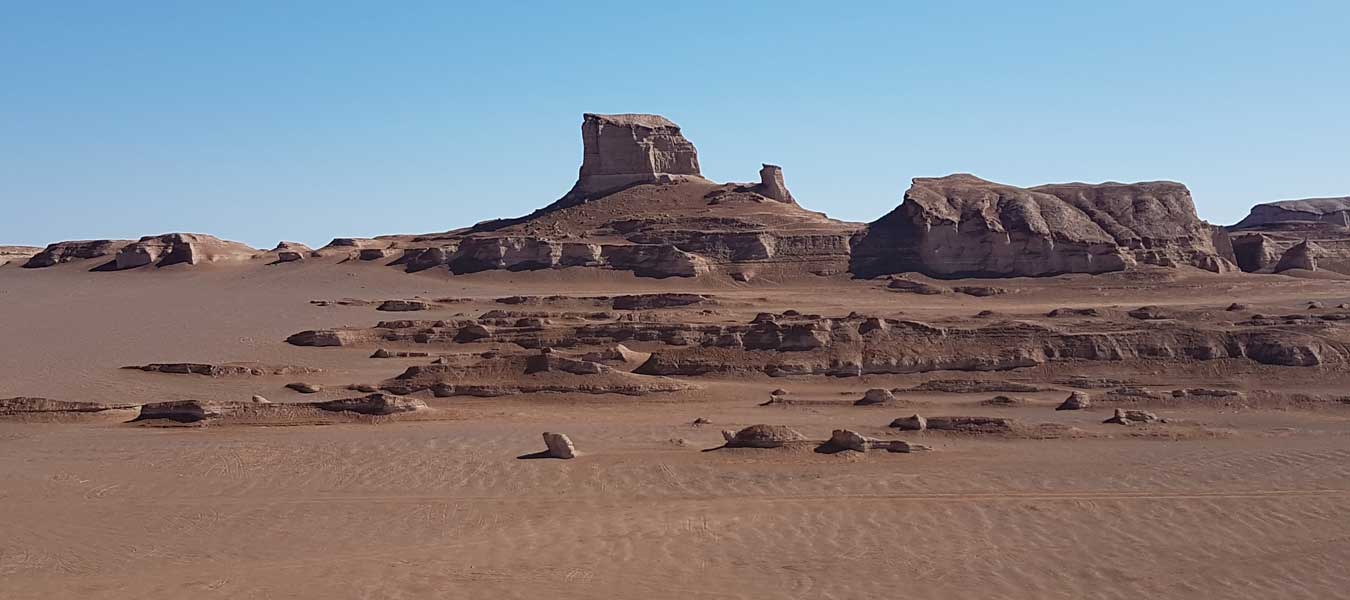

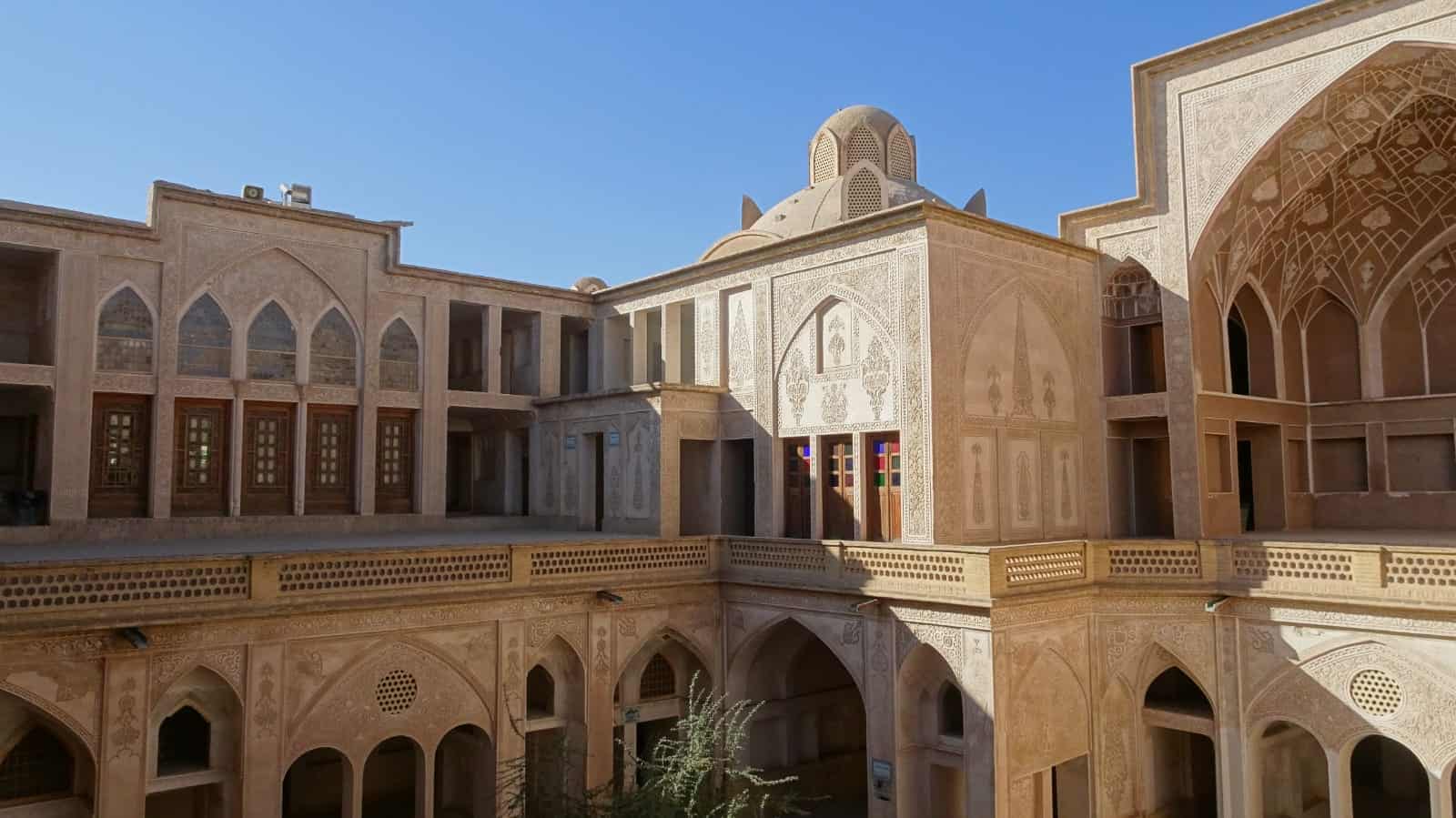
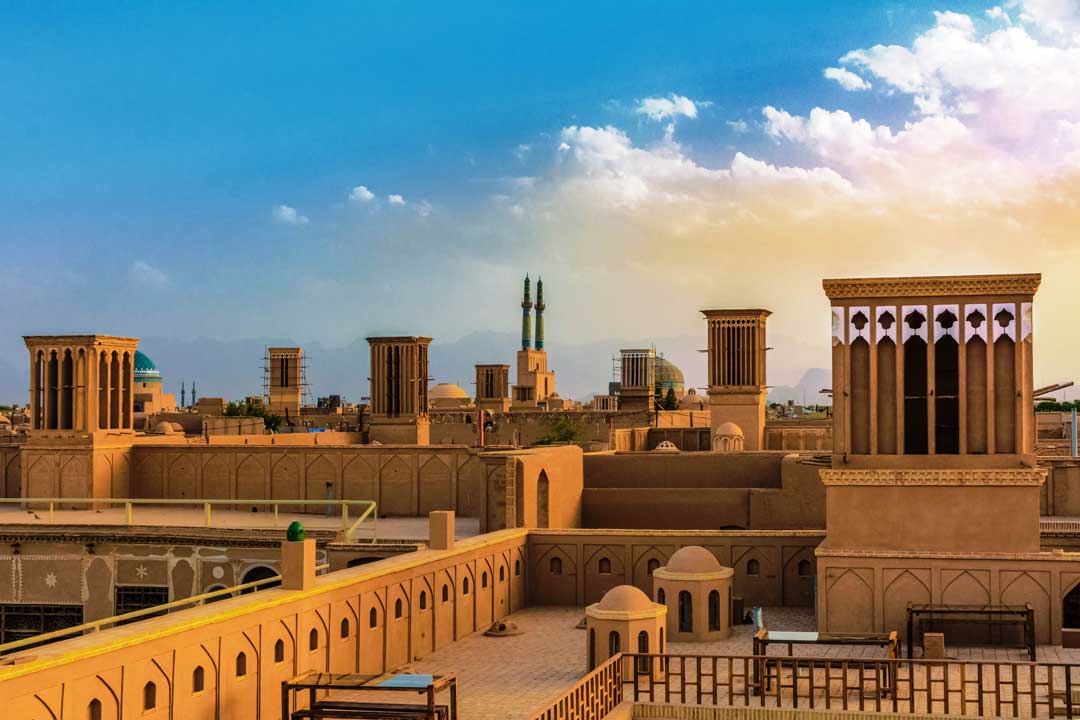

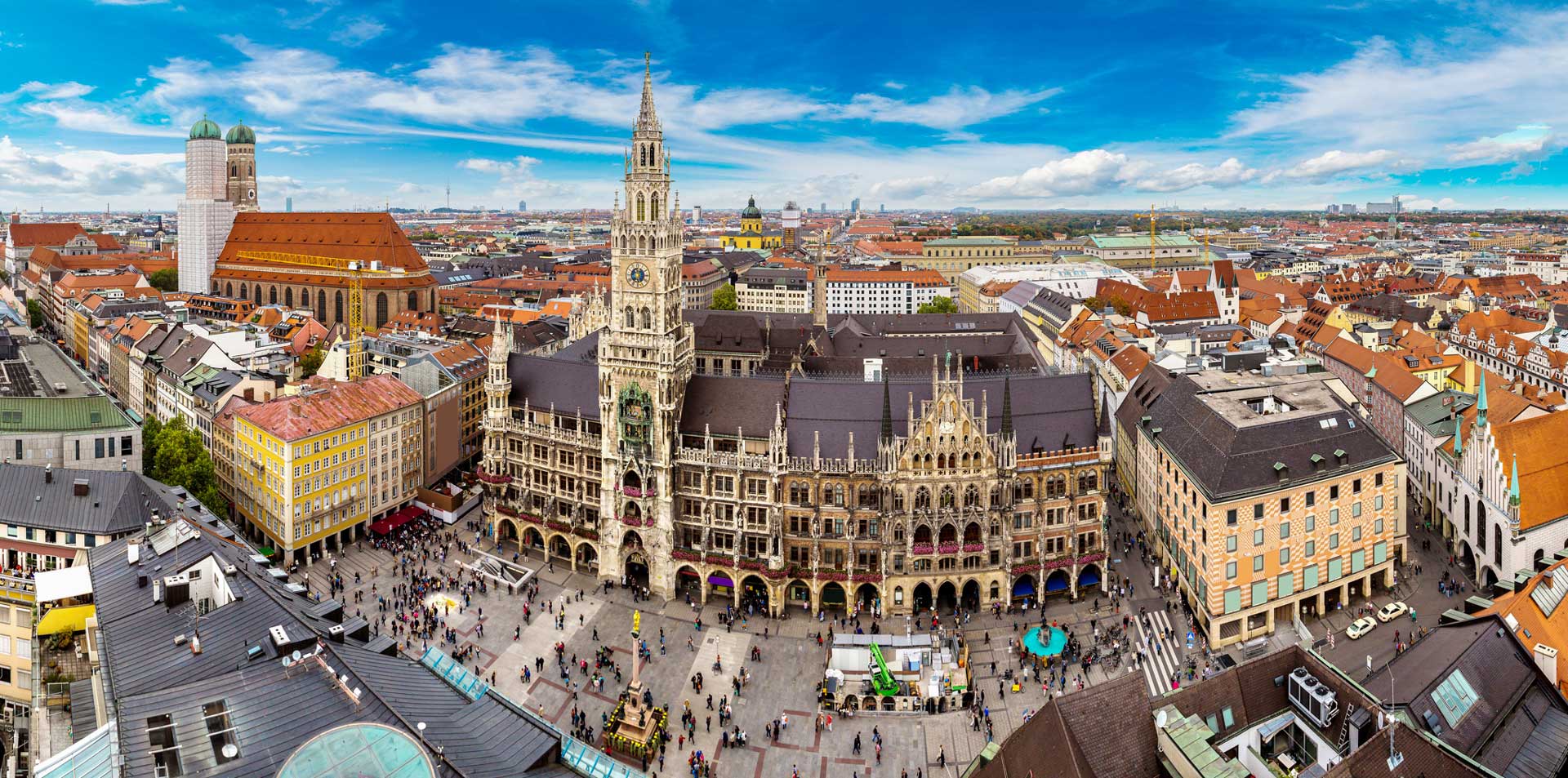
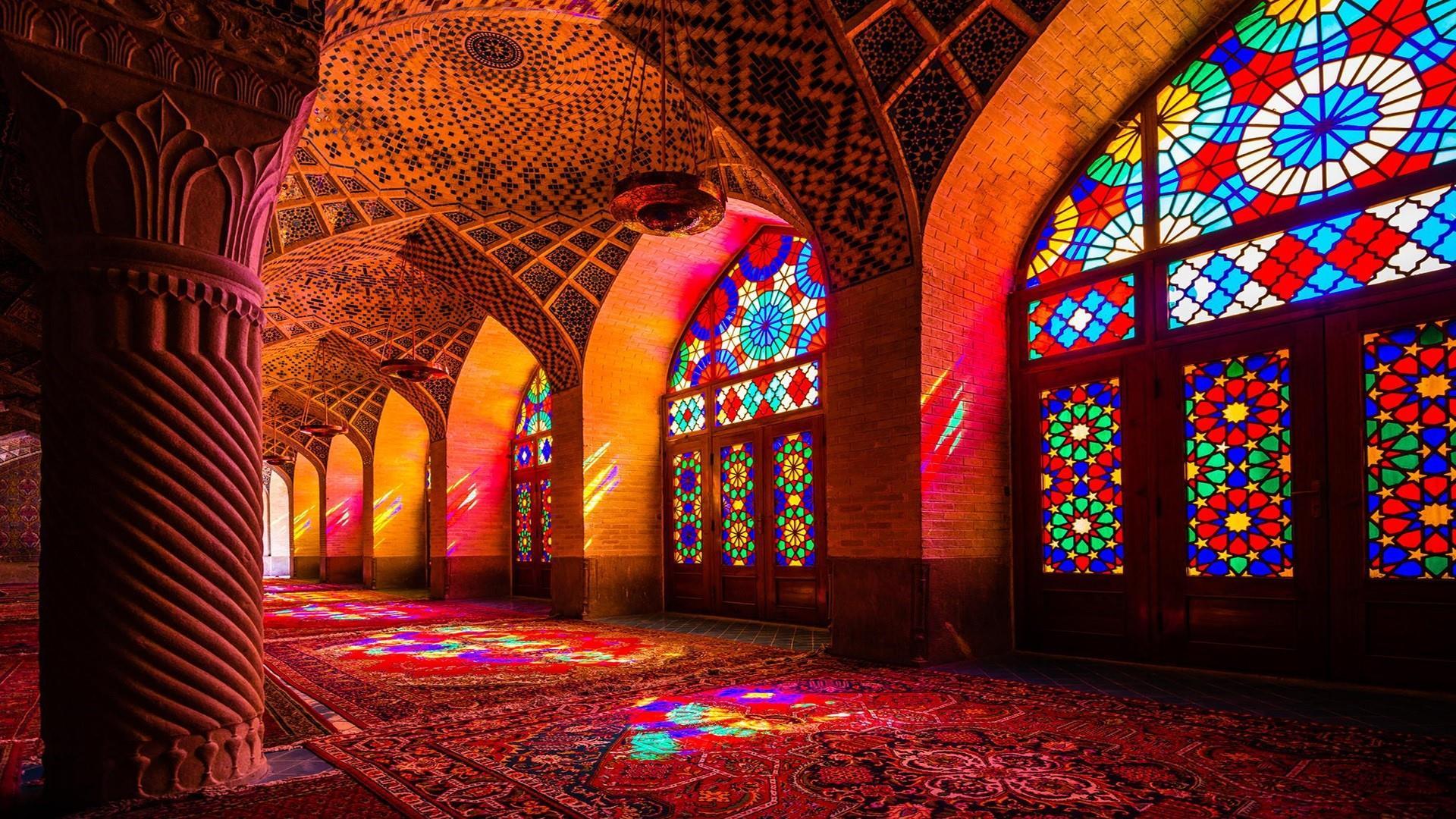
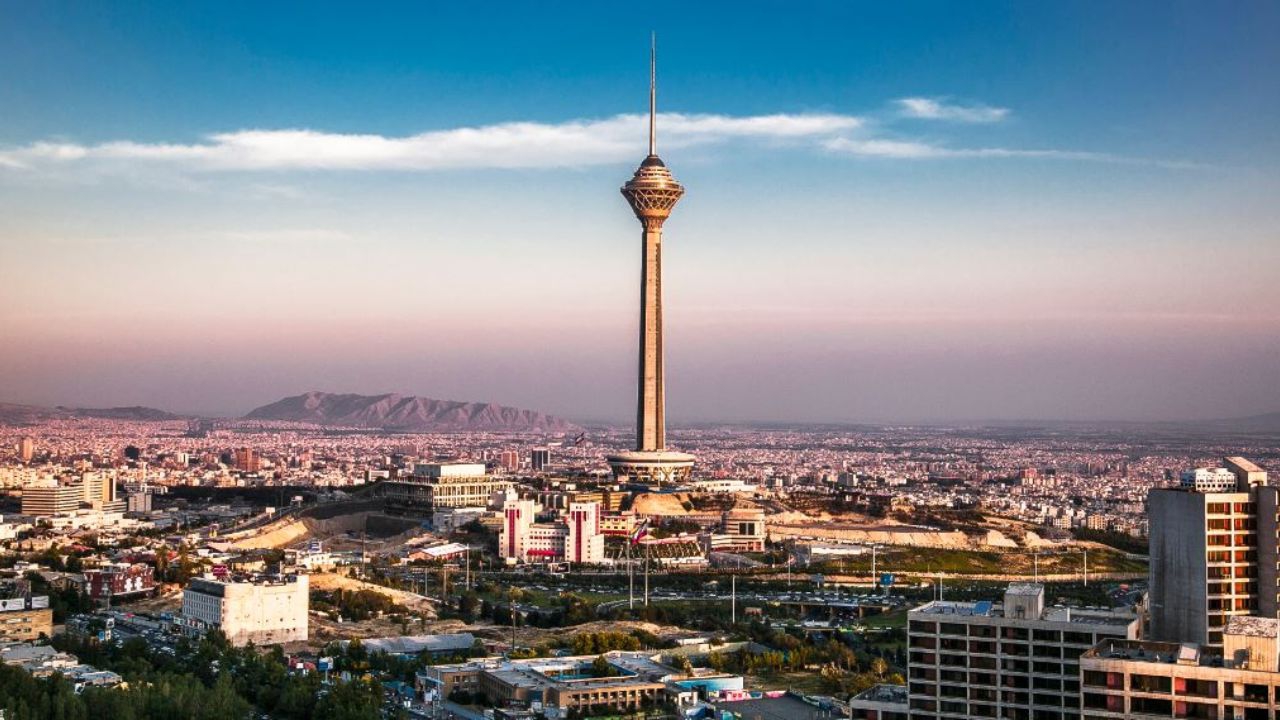
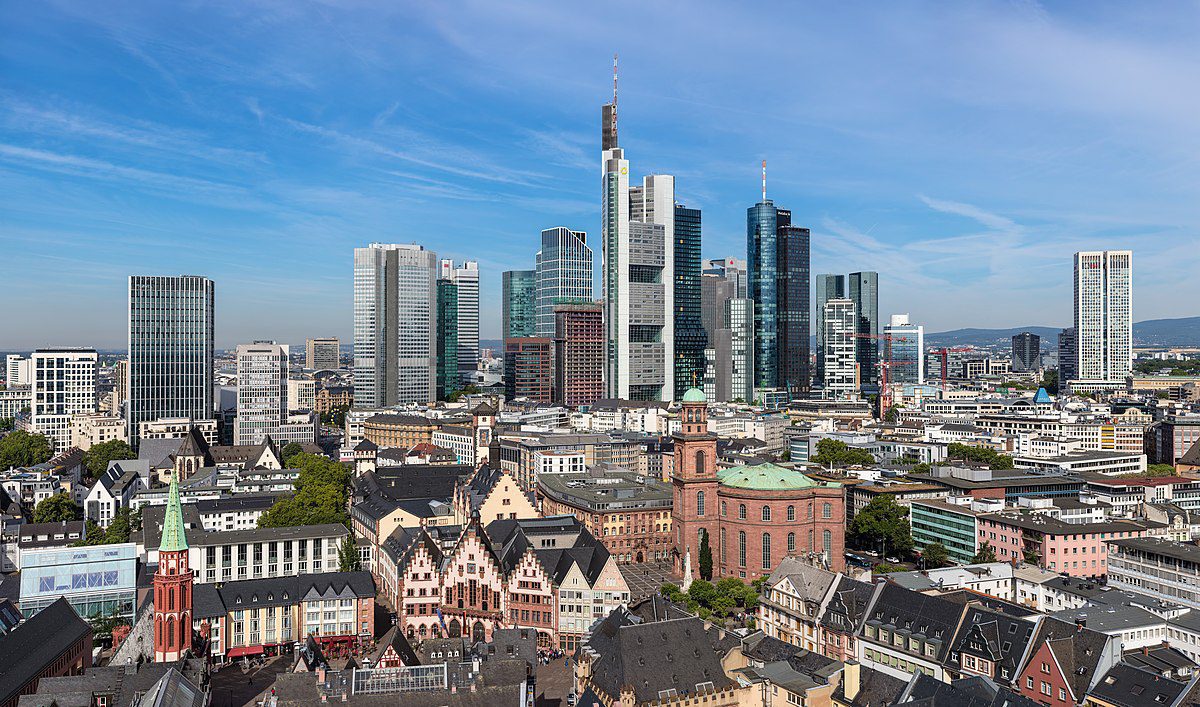

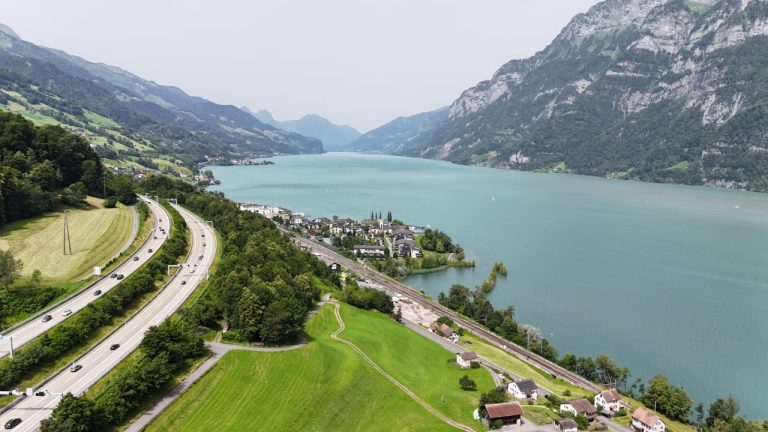


Leave a reply